Numerology is the branch of knowledge dealing with the significance and influence of numbers. It originated in Babylonia around 600 BC. Back then people thought numbers were magic. That they could magically predict outcomes. “Magic? Are you kidding me?!” I hear you thinking. No, don’t sneer! People think that now, too. You do too. Be honest. I’ll bet at one time or another you’ve used your “lucky” numbers for your lottery picks. See what I mean?
Anyway, there are a number (no pun intended) of numerology approaches. Pythagorean uses alphabets. Chaldean works on vibrations. Kabbalah uses names. And then there’s Research numerology. You’re probably familiar with Research Numerology and the role numbers play in understanding consumers and managing the marketplace.
So, here’s some magic research numbers for you; 6, 11, 18, 28, 25, and 1. Feel free to use them for the next billion-dollar Mega Millions lottery, just remember where you got them because they are magic!
OK, not “Harry Potter” magic, but the kind of magic you can use on your brand! “Why are those particular numbers magic?” I hear you thinking now. All those numbers are related to consumer loyalty, connection, and expectation. Get those numbers right, and they work – like magic! Here’s why. Loyalty is 6X more powerful than satisfaction. 11X more accurate than NPS. 18 months ahead of traditional research. It helps close the average 28% gap between what consumers expect and what they see your brand delivering. Oh, and it optimizes brand, advertising, and media outreach by 25%. Oh, and then there’s the #1. Being first is a number marketers really like.
Which brings me to our 2022 Loyalty Leaders List. It has numbers too. We use a lot of numbers to calculate brand loyalty rankings. Annually we publish those numbers, the ranking of brands from 1st to 100th. Those numbers provide a cross-category view of the top 6% of 1,624 brands in our current database. Brands that connect emotionally with consumers and meet their mostly-emotional expectations for their Category Ideal always do better. You might say, like, well, magic.
Last year these were the top-10 brands on the 2021 Loyalty Leaders List:
- Amazon (online retail)
- Apple (smartphones)
- Netflix (streaming video)
- Domino’s (pizza)
- Amazon (streaming video)
- Disney+ (streaming video)
- Google (search)
- WhatsApp (social networking)
- Instagram (social networking)
- Nike (athletic footwear)
And this year? SPOILER ALERT: This year’s list is really different! Consumers in the post-pandemic marketplace are doing some significant sorting-out of brands when it comes to their loyalties.
The complete 2022 Top-100 list will be released on September 13th and will appear here in The Customer. I hope you visit again to check out the differences YOY. Also, to see where your brand (or brands you favor) landed. If they’re in the 101st to 1,624th (which we don’t automatically report out) send me a note and I’ll let you know your number. Numbers are important. But you have to get them right!
Our approach to Research numbers is totally unlike economic-use models. Those numbers are historical data (so not of-the-moment) and profitability conjectures (so, guesses). Those numbers tell you where you are. And if you do the math, where you came from. But shouldn’t numbers point to where you should be going (“Up” is not an acceptable answer) and what to do to get there (Neither is “more”). Conversely, loyalty numbers provide crystal-clear, predictive answers to both those critical questions.
Here’s some notable numbers about the Loyalty Leaders List rankings. They’re 100% consumer-driven. This year 68,125 men and women, 16 to 65 YOA, self-selected which of the 142 categories they are consumers and from the 1,624 brands assessed those brands for which they’re customers. We look at 2 decision-process facets: emotional and rational, which currently have a cross-category ratio of 70:30, emotional to rational. Categories are different, of course, that being the nature of categories, but no matter the category, the numbers are substantively more emotional than rational.
Anyway, we fuse emotional and rational values using a 3-step higher-order statistical analysis, which is very cool because it IDs 4 category-specific, path-to-purchase loyalty drivers for the Ideal. And expectation numbers consumers hold for each driver. Then we compare brands to that. Another important number is 0.80+. The correlation between our loyalty assessments and consumer behavior. Which is very high so, just like I wrote in the first paragraph, “predictive.” The questionnaire has a test/re-test reliability of 0.93 with results generalizable at the 95% confidence level. Numbers like these have been used in 35 countries for B2B, B2C, and D2C categories. So yeah, some pretty notable numbers.
And since with any set of numbers there’s usually a bottom line, here it is: Brands that make loyalty and emotions and expectations strategic priorities always see higher numbers. Higher awareness and higher engagement. Higher consideration and higher sales. Higher profits and higher market caps. More importantly, those brands end up higher on consumers’ shopping lists.
And the 6 numbers I initially gave you? They’re not really magic. Just highly-validated, rigorous, and predictive. So, extraordinarily insightful and extremely useful. Come back on the 13th and see how loyalty leadership numbers shake out this year.
Oh, and the lottery thing? Forget about the lottery. Loyalty is a safer bet and always pays better odds. Research “numerology” has proven that again and again.
 Robert Passikoff is founder and CEO of Brand Keys. He has received several awards for market research innovation including the prestigious Gold Ogilvy Award and is the author of 3 marketing and branding books including the best-seller, Predicting Market Success. Robert is also a frequent contributor to TheCustomer.
Robert Passikoff is founder and CEO of Brand Keys. He has received several awards for market research innovation including the prestigious Gold Ogilvy Award and is the author of 3 marketing and branding books including the best-seller, Predicting Market Success. Robert is also a frequent contributor to TheCustomer.





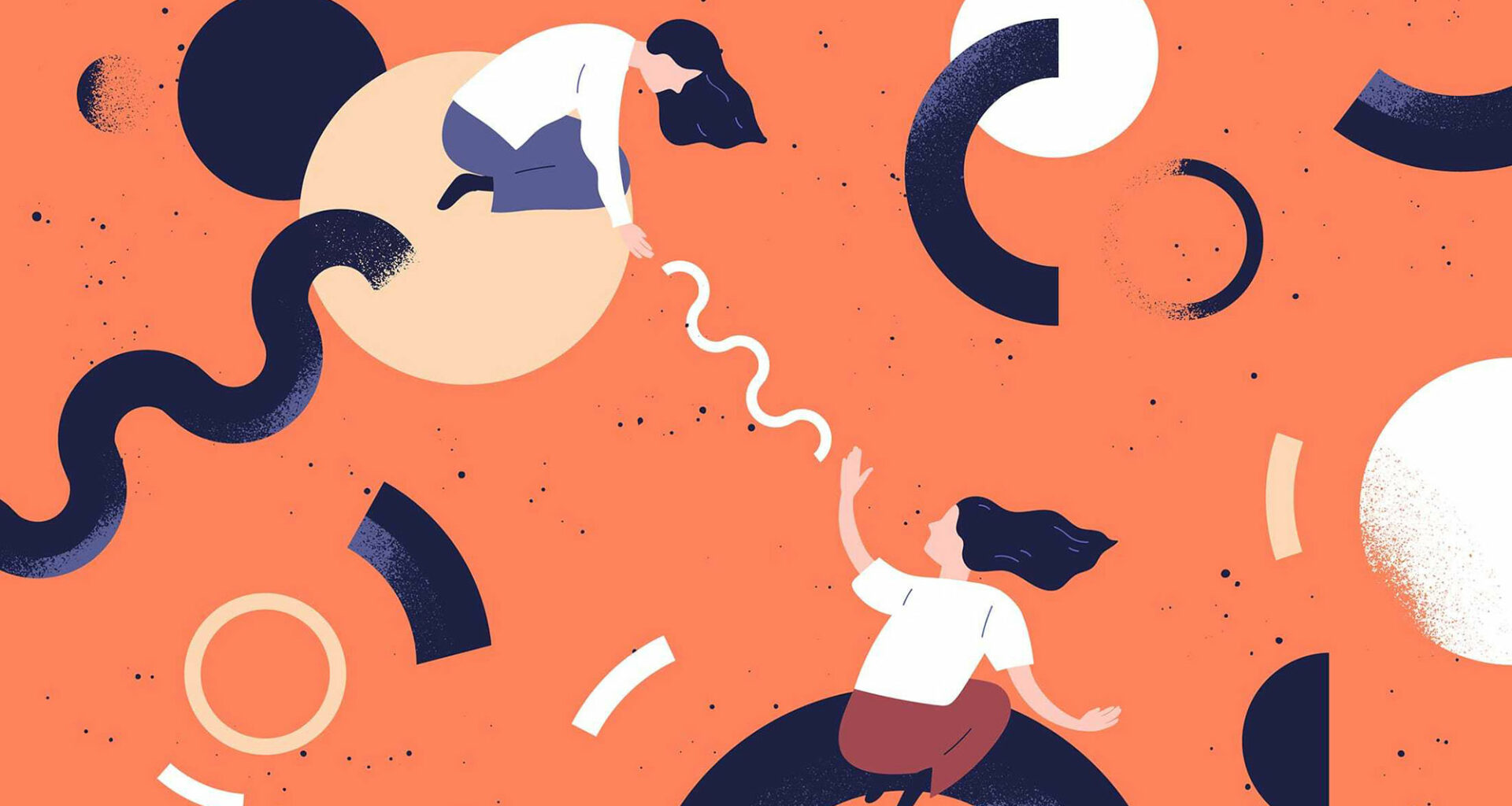

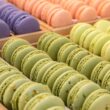


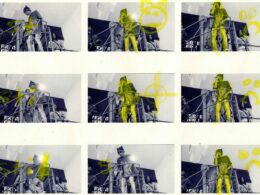
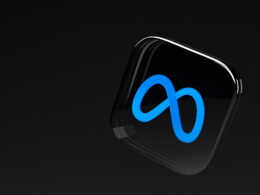
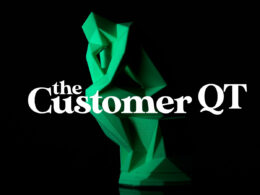

Thanks Robert, one of the best takes I’ve ever read on connecting loyalty to brand success. It reminds me of customer data now becoming the best for calculating corporate value. Yes, the human brain is wired 75% emotionally and 25% rationally, which is why customer beliefs are emotional. Rational hammering cannot change their minds. If a brand cannot enter the emotional space, it has no chance. Can’t wait to see the Sept. 13 findings.